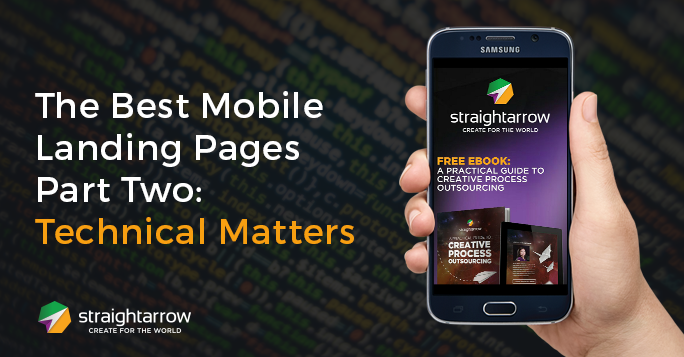
In the best design project scenarios, both client and designer get each other and the output turns out great. In less ideal situations, though, the two sides struggle to get their messages across. So how do you get more of the former and less of the latter? Usually, the answer would be “Communication!” And just as often, the frustrated follow-up would be, “But how?”
Enter mood boards. Though they’re sometimes wrongly dismissed as novelties or mishmashed images, mood boards are versatile artifacts of the design process. And when used correctly by designer and client alike, they provide a means of communicating ideas where words can’t do the job.
What Mood Boards Do
Mood boards serve to communicate important design ideas that are difficult to convey with words alone. Exactly how they do that depends on the specific mood board design—there are a number of ways designers can craft them—but they usually resemble collages.
It would be wrong to think of mood boards as simply a bunch of images cribbed from around the web, though. That’s only part of what they are. Good mood boards will cover various design elements, including:
- Color palette
- Typography
- Key objects
- Possible compositions or layouts
...and any other important visual elements, really. But in addition to these specifics, mood boards also convey a desired overall impression of the end design—or, in other words, the mood they should be left feeling.
The mood board aims to communicate all of this before any actual drafting begins. This way, both parties can exchange ideas before spending time on drafts. After all, even a few redos of a draft can cost a lot of time. When both sides have a firm grasp of a mood board and understand its value, they can get even more value out of it.
Reading the Mood
How exactly do you read a mood board? The main thing is to understand the function of each element in it. For instance, a screenshot of a website might be there for its composition but not its color palette; an ad might be featured for its use of photography, but not its fonts.
Furthermore, a mood board shouldn’t be taken as a template for any specific asset, whether ad, page, or interface. Its role is to establish the visuals that will go into those templates. It’s best not to comment on a mood board as if it were an asset; evaluating it requires some creative interpretation, the ability to see how the various elements and influences will come together.
Given this level of interpretation, clients should leave some room for explanation, which designers should take the initiative to provide. However, if some of the items remain ambiguous, both sides should take the time to discuss them. This is less of a problem when mood boards are presented in person, but presenting mood boards indirectly (e.g. email, file sharing, etc.) is becoming more common.. In cases like these, the ability to discuss the mood board in a meaningful, productive way is vital.
If a mood board is “read” properly, giving feedback shouldn’t be too difficult. Each party can comment on specific elements, identify what they’re doing right or wrong, and either affirm it or suggest alternatives. In this way, specific visual elements can be addressed more accurately—and without costing time in re-drafts or new studies.
In some cases, the two sides can communicate in the language of the mood board itself: because samples and images are already there, one can simply suggest an alternative that will fit neatly into the space occupied by an existing element.
This kind of meaningful exchange can only happen, of course, if both sides put the effort into using the mood board wisely. When they do, however, it can serve as an efficient tool in the design process.
Looking for an effective start to your creative projects? Download our creative and project brief templates here:











Comments